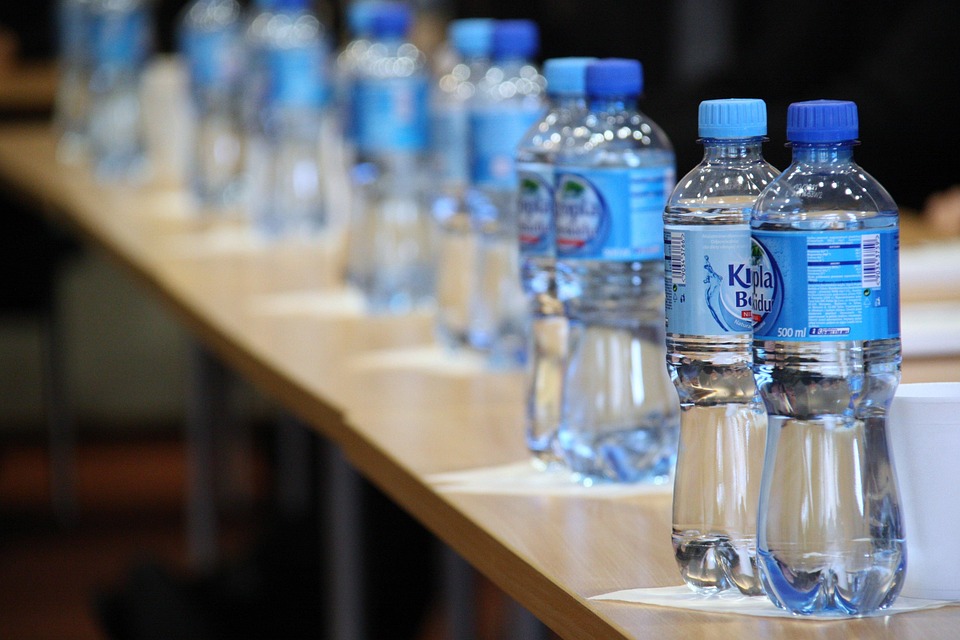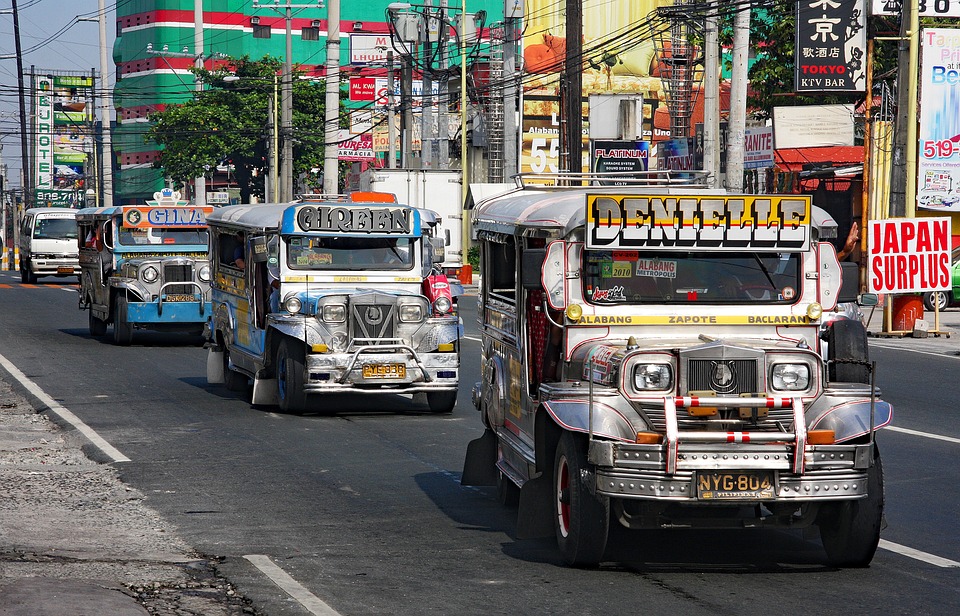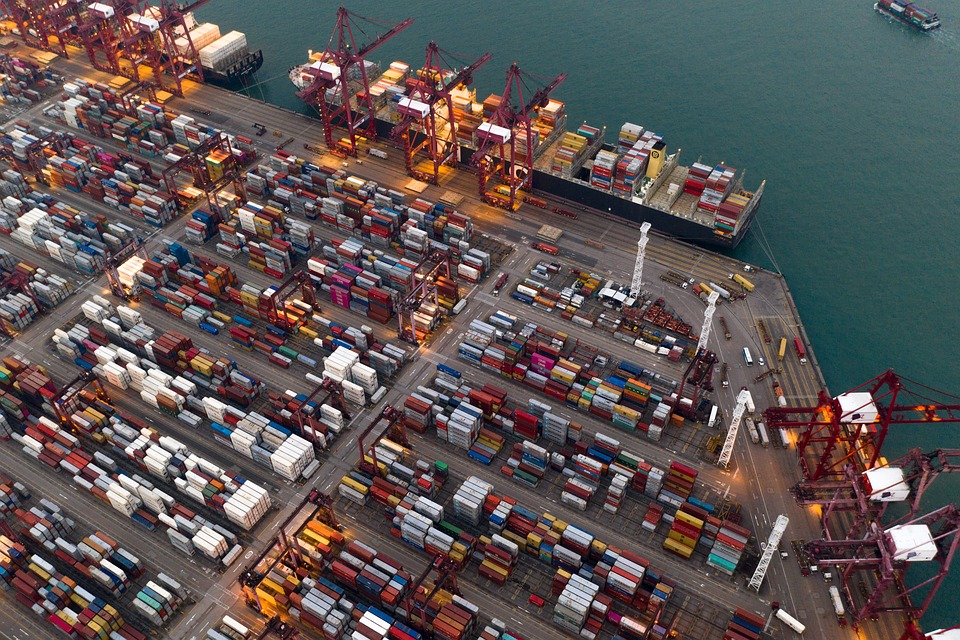Southeast Asia is an important market for Chinas plastic product exports. With the demographic dividend, consumption upgrades and manufacturing transfer trends, the regions demand for plastic packaging, daily necessities, food containers, etc. continues to grow. However, Southeast Asian countries have different regulations, standards and environmental protection requirements for plastic products. If companies do not lay out compliance strategies in advance, they are very likely to face the risk of returns, fines or even market bans.
The following are the necessary documents, core certifications and risk control points for exporting plastic products to Southeast Asia:

I. Necessary documents: from basics to core
1. Basic customs clearance documents
- Commercial Invoice/Packing List: The plastic category (such as PE/PP particles, lunch boxes, toys), material composition, purpose (such as food contact must be marked), and the unit price/quantity must be accurate to the smallest packaging unit.
- Certificate of Origin (CO): Essential for basic customs clearance, it is recommended to apply simultaneouslyFORM E(China-ASEAN Free Trade Area Certificate), can enjoy 5%-10% tariff reduction (for example, the tariff on plastic toys in Thailand is reduced from 8% to 0 with FORM E).
- Bill of Lading/Transport Documents: Please indicate the HS code. Southeast Asian ports (such as Port Klang and Ho Chi Minh Port) need to confirm the manifest information in advance.
2. Special category documents
- Food Contact Material Declaration: Tableware, cling film, etc. need to provide a non-migrating substances comply with ASEAN food contact standards statement (such as Thai FDA filing).
- Fumigation certificate:Plastic products containing wooden packaging (such as pallets) must be accompanied by IPPC logo and fumigation certificate (such as mandatory requirements in Indonesia and Malaysia).
- Childrens Toy Certification:Plastic toys exported to the Philippines and Vietnam must be accompanied byPS Certification(Philippines) orQCVN Standard Report(Vietnam), small parts must be labeled with a suffocation warning.
- Material Safety Data Sheet (MSDS):For plastic products containing chemical additives (such as flame retardant materials), ingredient safety instructions must be provided.
II. Regulatory Certification: Country Differences and Red Lines
1. Compulsory certification (by country)
- Thailand: TISI certification (plastic granules, pipes) + FDA registration for food contact materials (such as lunch boxes need to pass lead/cadmium migration tests).
- Indonesia:SNI certification (plastic bags, toys), local laboratory testing is required (such as SNI 7319-2019 toy safety standard).
- Malaysia: No mandatory certification, but importers often requireSIRIM Test Report(Focus on flame retardancy and environmental protection indicators).
2. General Compliance Requirements
- Environmental protection red lineIndonesia and Singapore ban packaging containing microplastics, Vietnam requires plastic packaging to be printedRecyclable logo.
- Label Specification: Must be markedCountry of origin, material (such as PP 5), production batch number, childrens products are labeled with age ratings.

III. Packaging and logistics: details determine costs
1. Packaging label
- Mandatory Information: Production date, shelf life (if applicable), country of origin (Made in China), plastic type code (such as PP marked with 5).
- Localization requirements: Vietnam and Thailand need to label product instructions in the local language; Indonesian halal food packaging needs to obtain MUI certification.
- Recyclable label: Use the international recycling symbol (?) and indicate the material (such as PET).
- Reduced packaging: To avoid excessive packaging, the Philippines imposes a packaging waste tax on air cargo.
2. Logistics risk control
- Sea Freight Attention: The weight limit of Indonesian and Philippine ports is 18 tons per container. Overweight containers must be divided into separate containers (for example, plastic particles are controlled within 17 tons per container).
- Overseas warehouse forwarding: For supermarket channels such as Thailands 7-Eleven and Vietnams Lotte Mart, we prepare goods in advance in Bangkok/Ho Chi Minh warehouses and shorten the delivery time to 72 hours (reducing the risk of unsold goods).

IV. Reducing costs and increasing efficiency: 3 practical strategies
1. Pre-authentication
Entrust SGS and other institutions to doJoint pre-screening by multiple countries in Southeast Asia(The cost is about 5,000 yuan/batch), covering multiple standards of TISI/SNI/PS, avoiding returns upon arrival at the port (the return rate for random inspections in Thailand is as high as 12%).
2. Deepening of agency
Choose a local customs clearance + distribution integrated agent to avoid channel dispersion risks.
3. Exchange rate lock
Sign with the importerUS dollar settlement agreement(Price adjustment is triggered when the Thai baht/Indonesian rupiah fluctuates by more than 5%), or payment by L/C at sight (the payment period is shortened from 90 days to 30 days).
In short, enterprises need to take compliance first as the core strategy, from accurately matching the target countrys certification, optimizing packaging labels, to building a flexible supply chain, every step needs to be rigorous. Finally, I wish you a smooth export business! If you have other agency service needs in export trade, please contact us!


 Follow Customer Service WeChat
Follow Customer Service WeChat